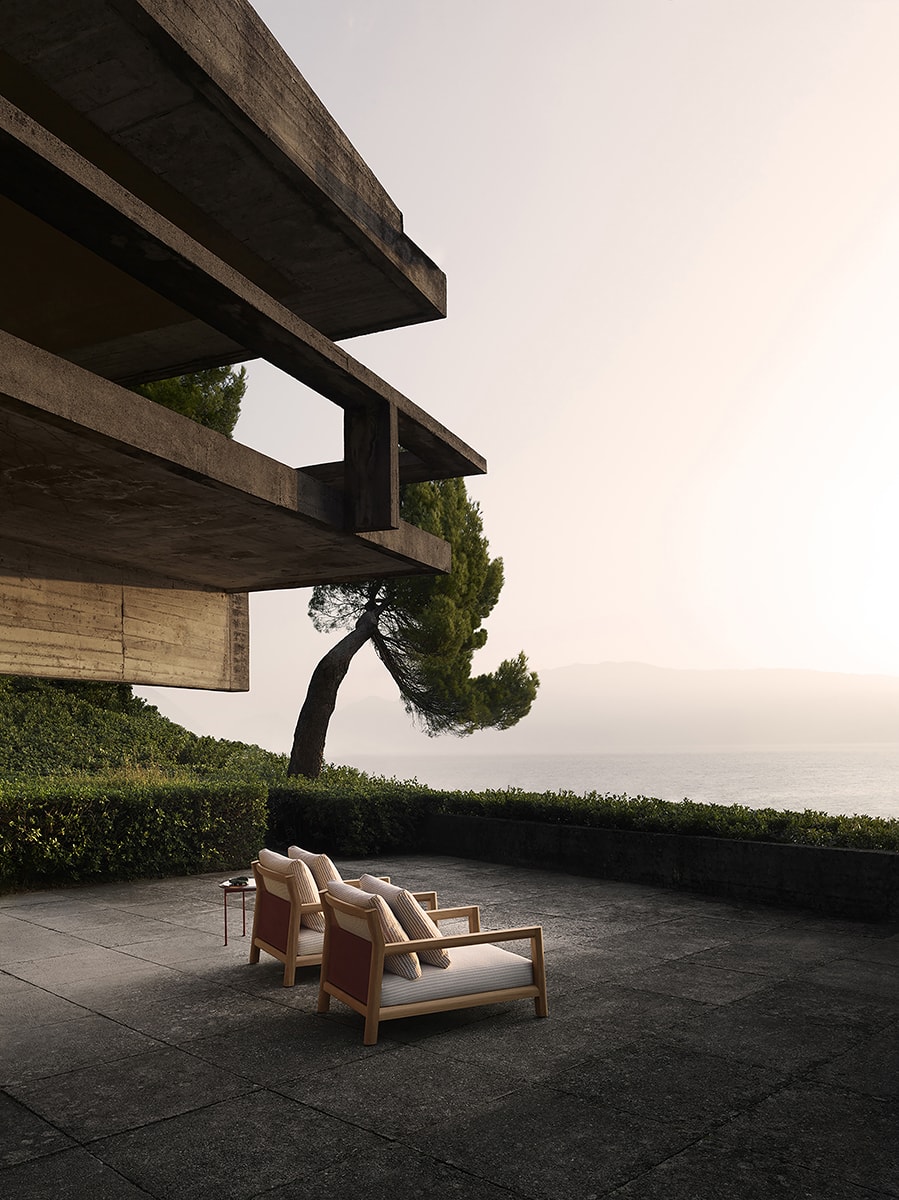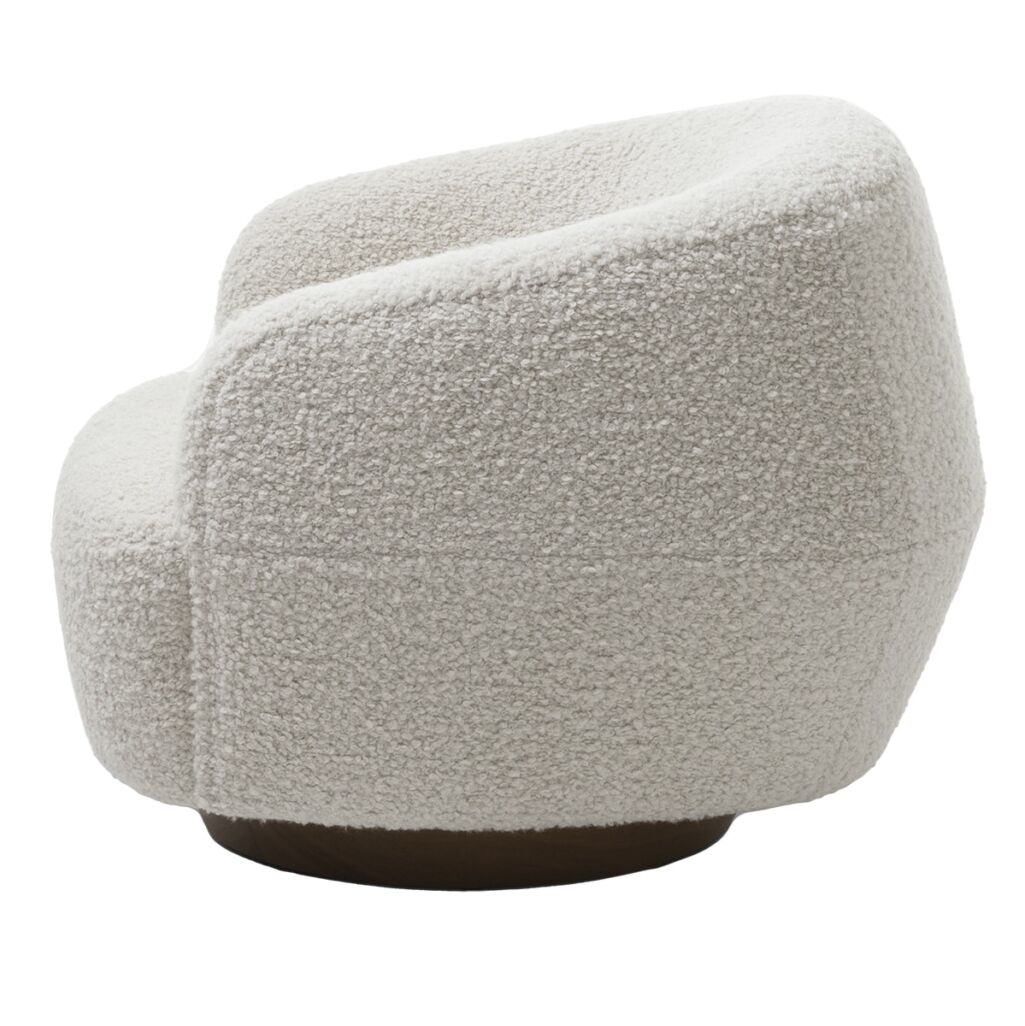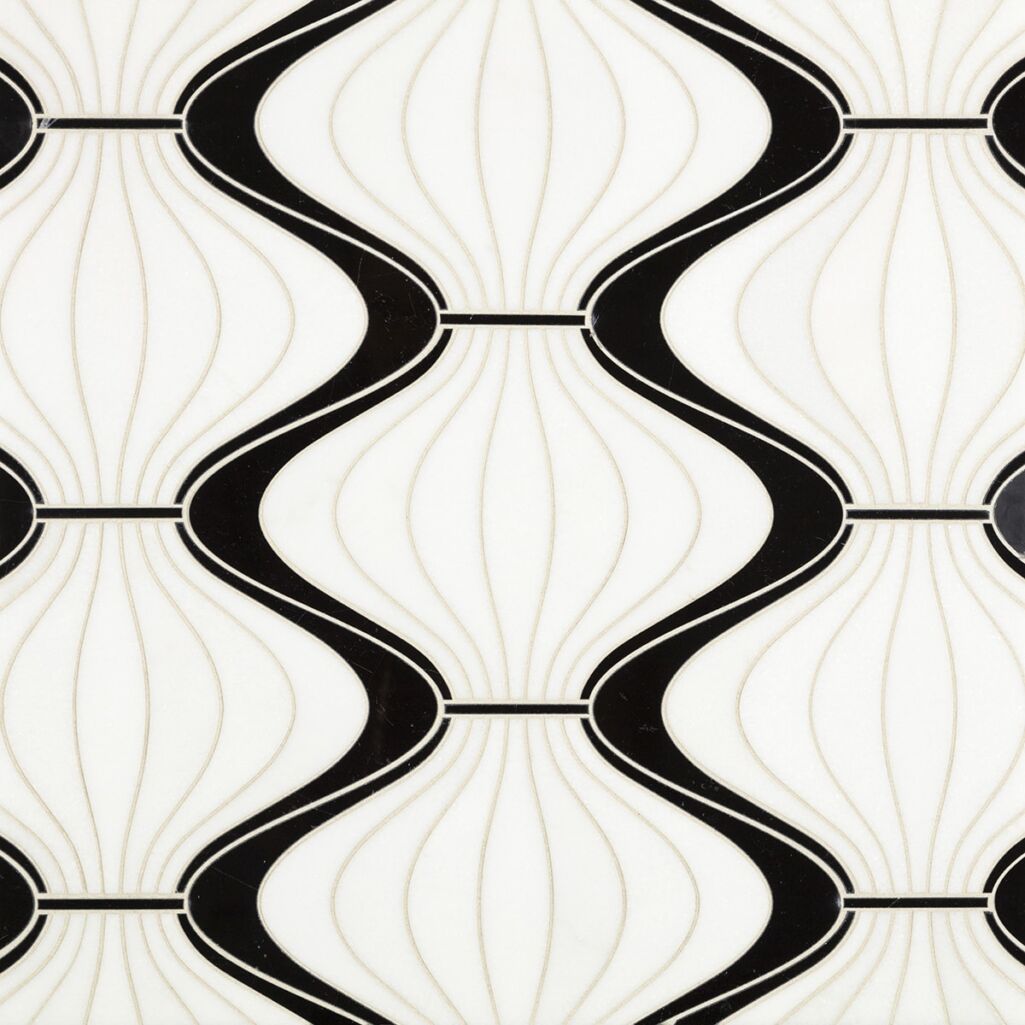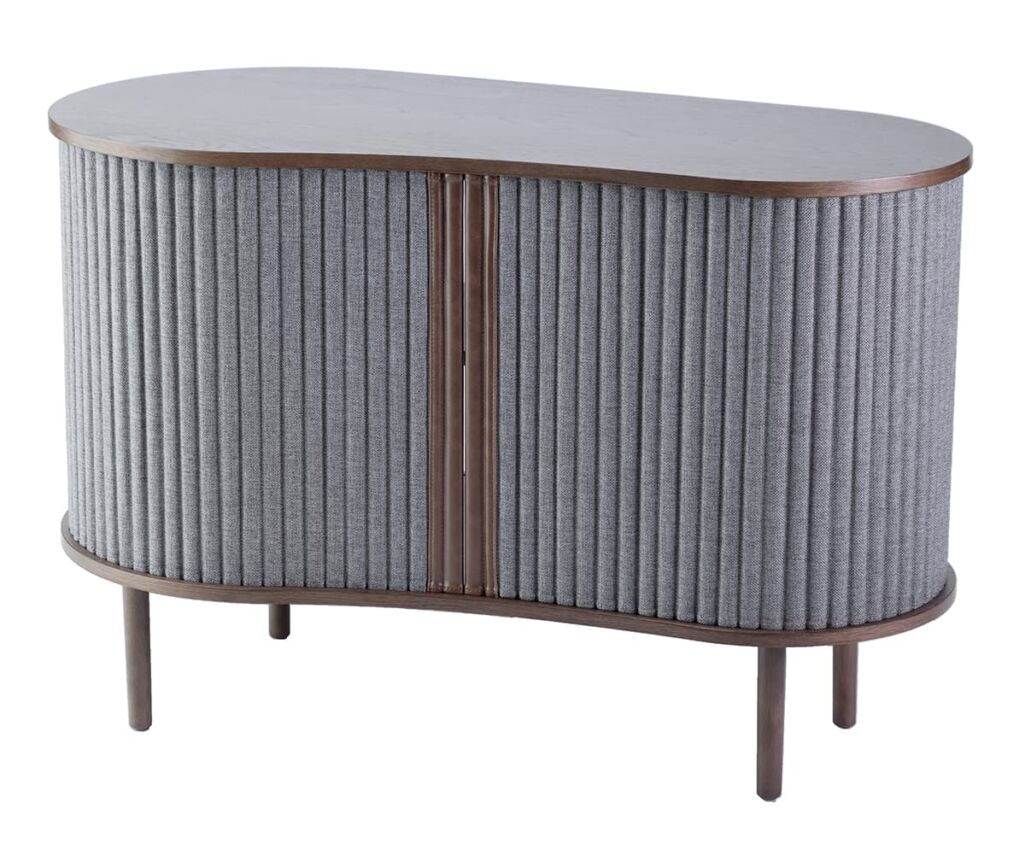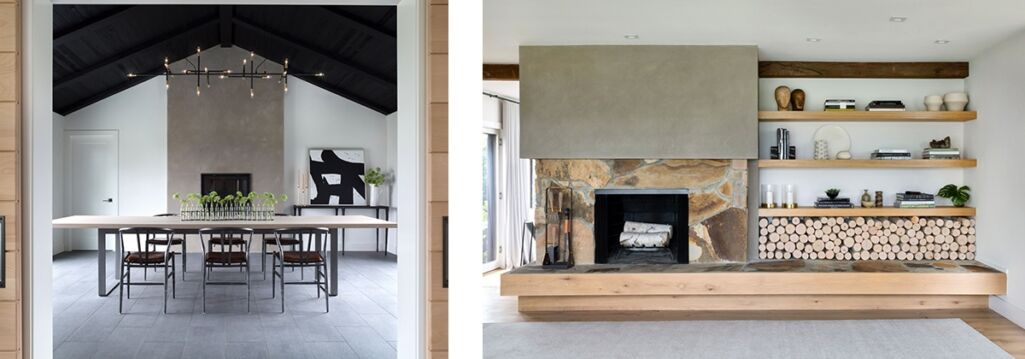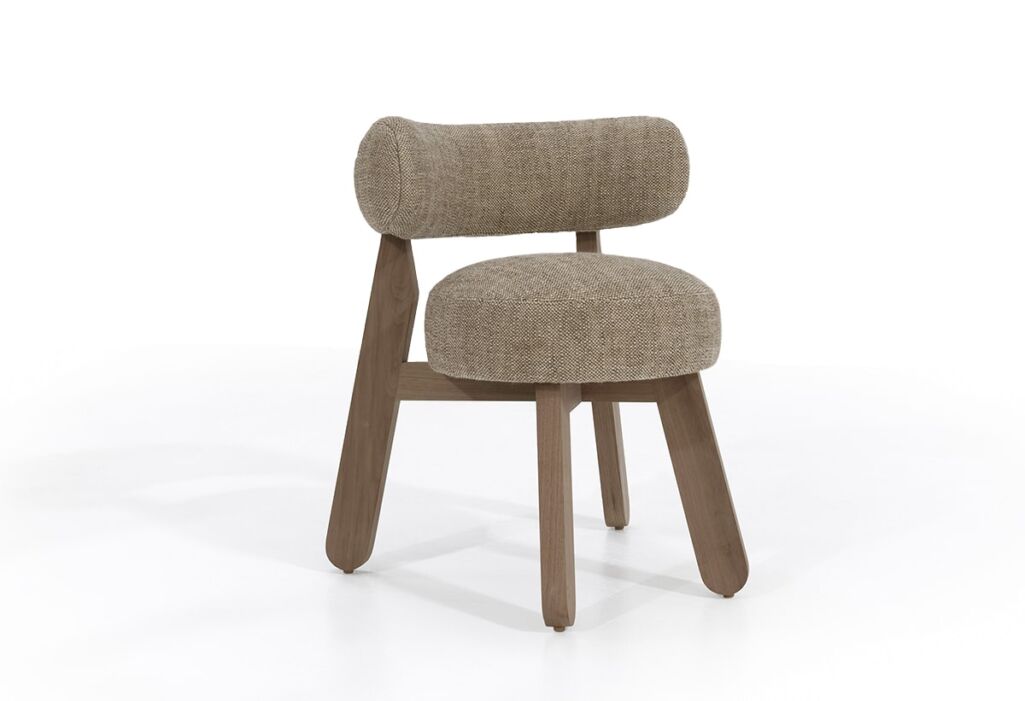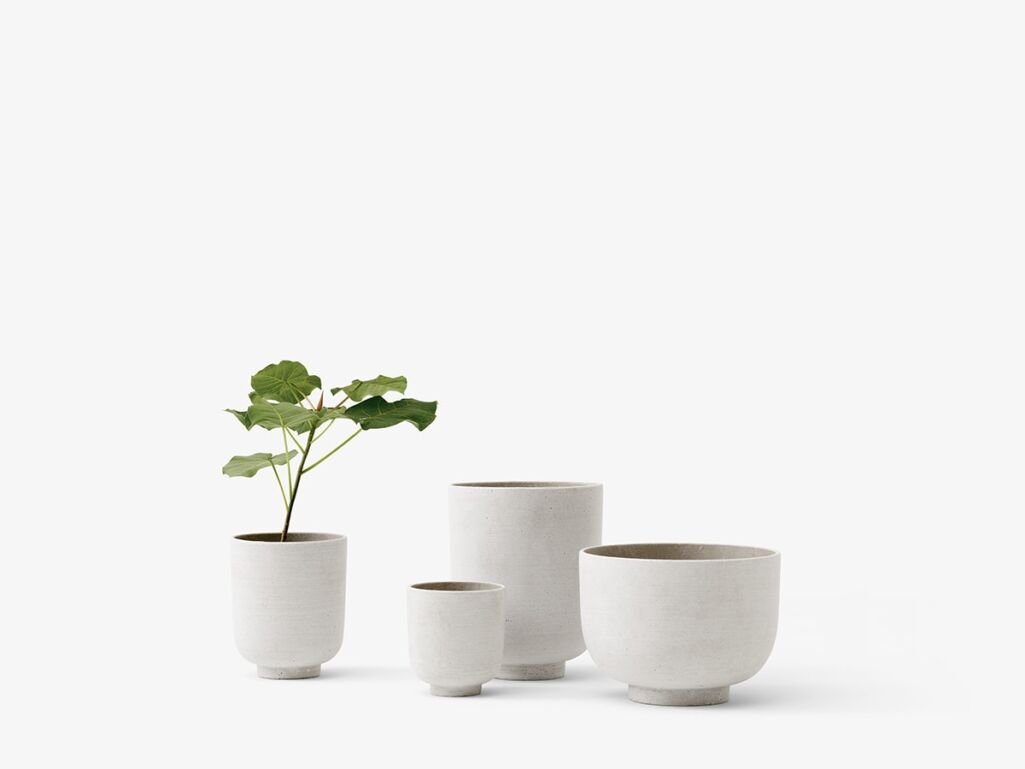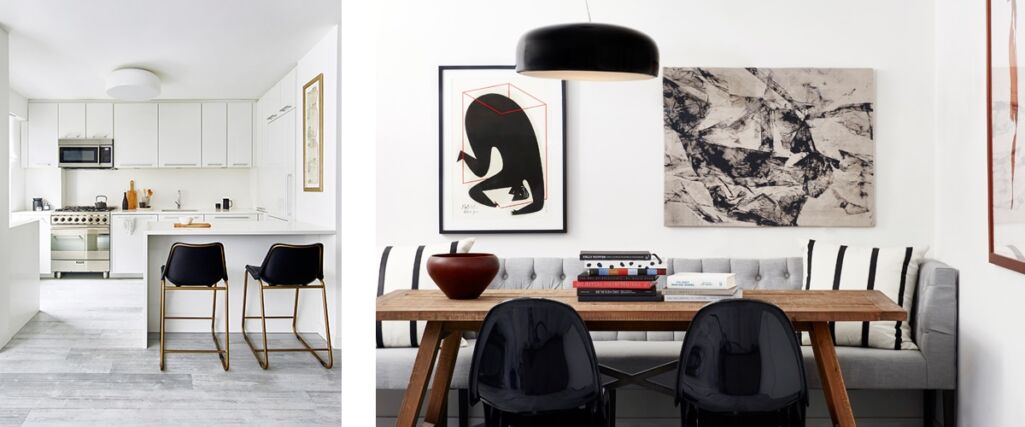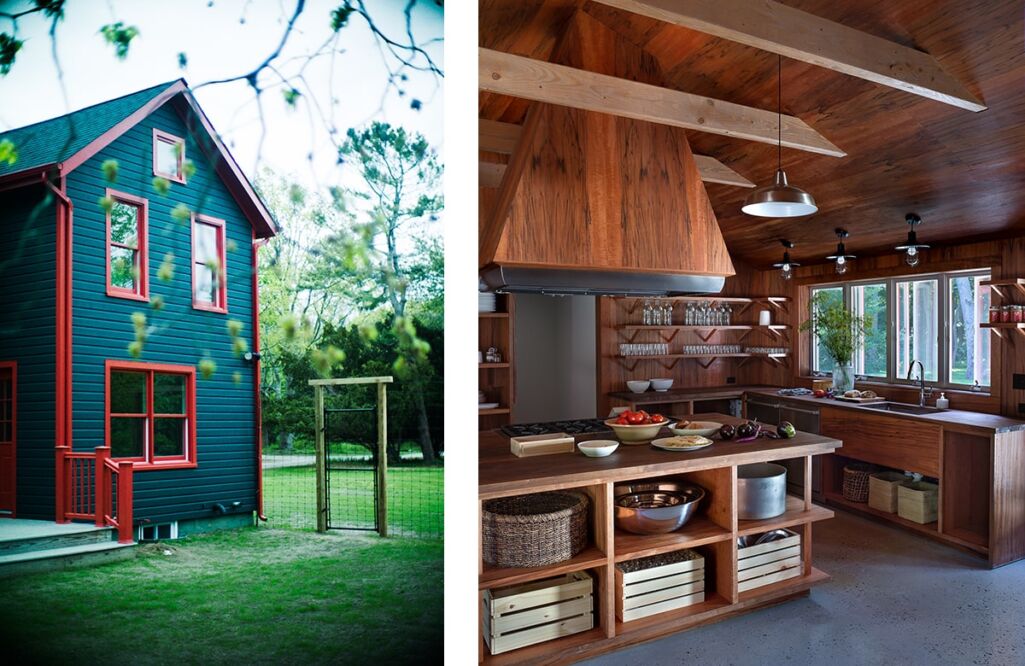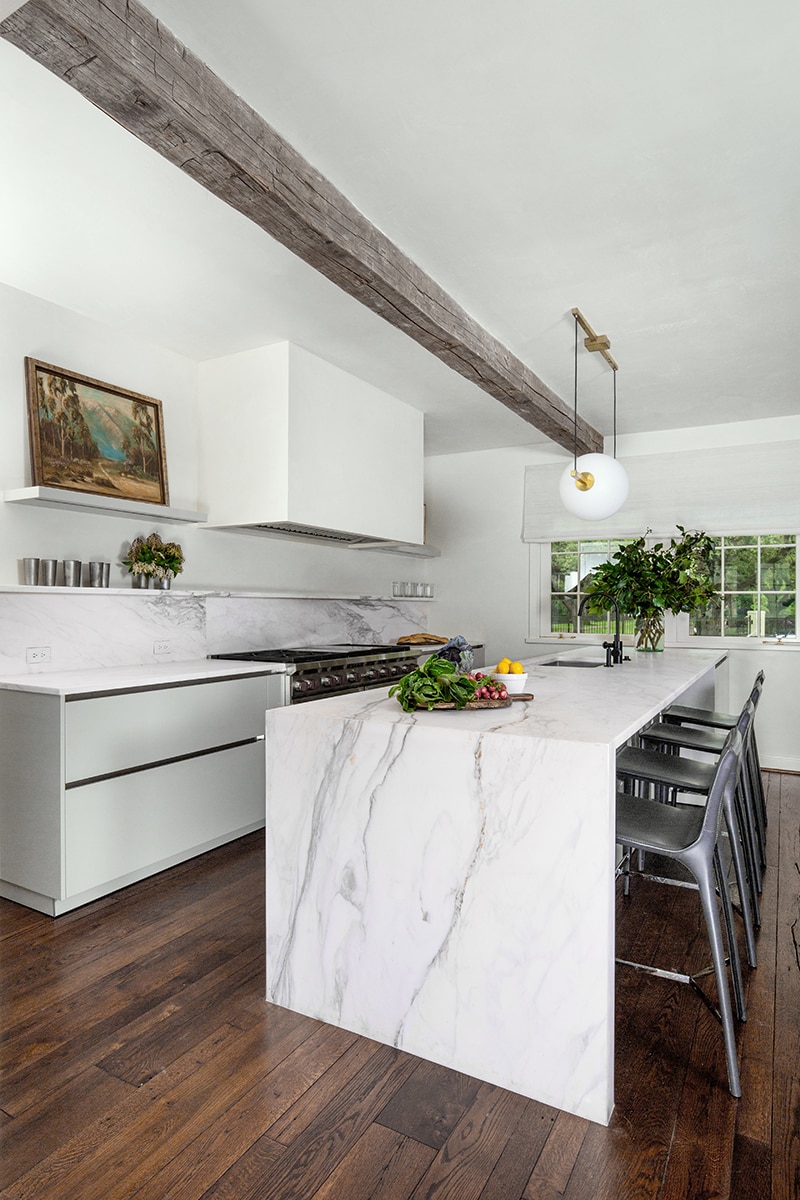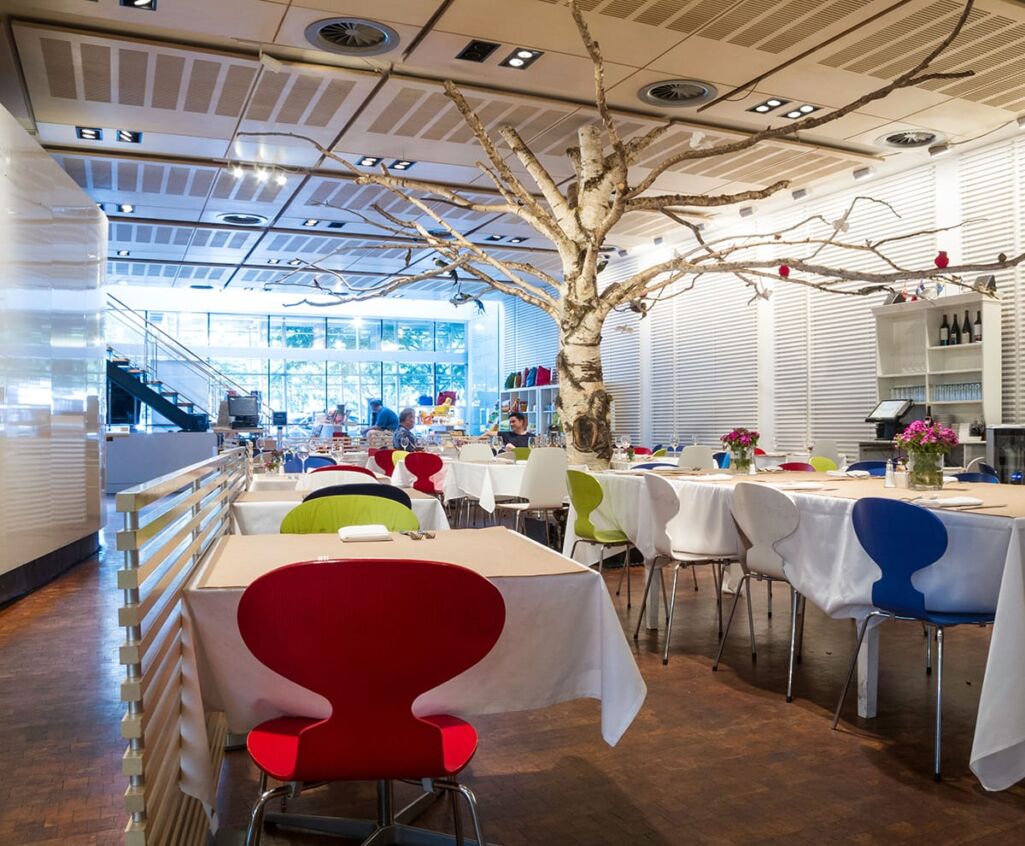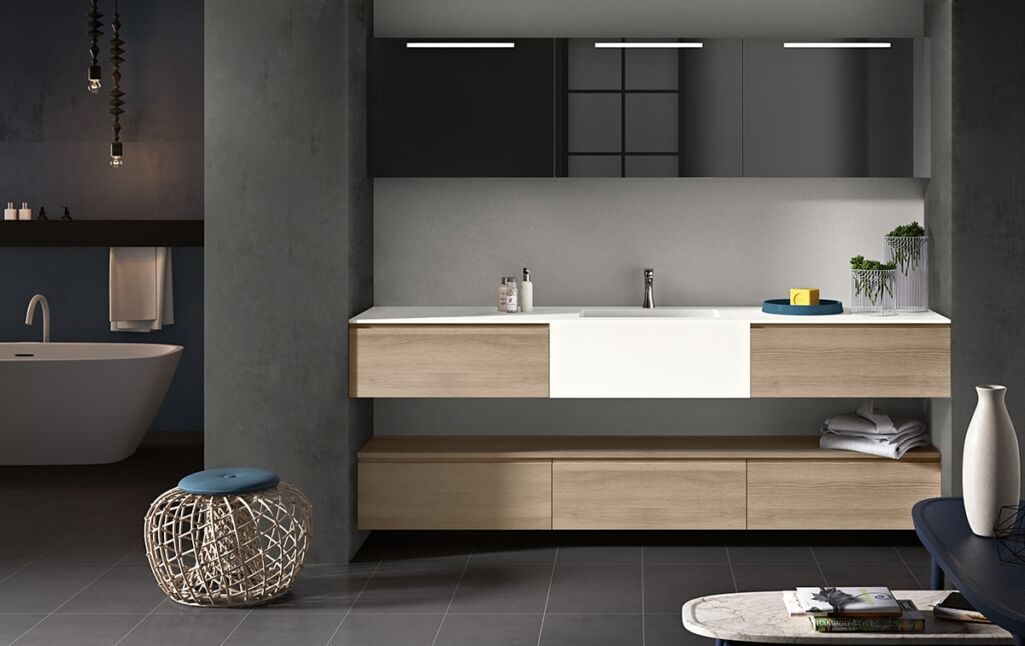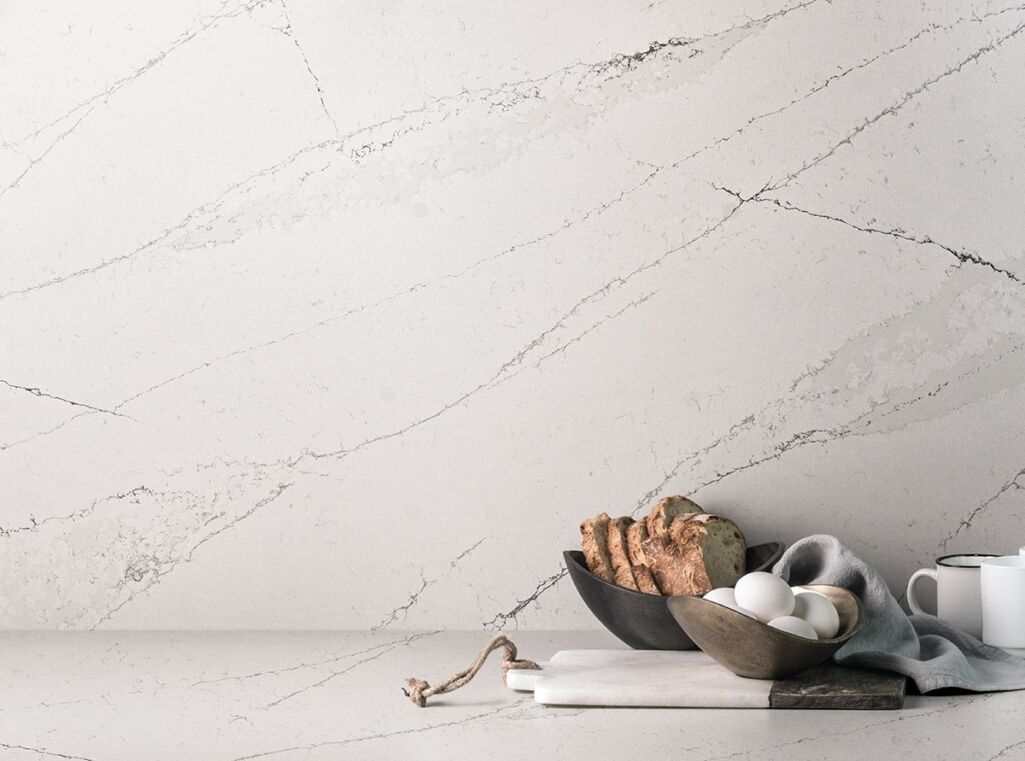Due Nord
A modern take on Scandinavian style.
STYLES COME AND GO, BUT GREAT DESIGN IS ETERNAL. SCANDINAVIAN MODERN—with its clean, simple lines and luxe textures—is both iconic and accessible, and versions of it abound in every category, from furnishings and lighting to kitchen design. Though it reached the apex of its popularity in the post-war, midcentury period, the aesthetic is not dated, and can work in any type of decor. Scandinavian designers such as Alvar Aalto, Jens Risom, Arne Jacobsen, Hans Wegner, and Eero Saarinen, are just as relevant today as they were when they were creating new, innovative designs for the home. Case in point, the elegantly simple Saarinen Tulip table, seen in traditional rooms as well as modern masterpieces.
Modern Scandinavian design has its roots in postwar Europe, where the prevailing view was that after two world wars, humans were clearly doing something wrong. The design world was looking for an antidote to totalitarianism and the severity of the Bauhaus style. New egalitarian social ideas were sweeping through Europe.
“I don’t need a living room; I need a very big kitchen.” —Isabella Rossellini
Beauty, which had once been reserved for the wealthy, combined with functionality, making design more accessible and attainable for all. At the same time, the years following World War II saw the nations of Scandinavia banding together, and through a series of conferences in Scandinavian cities during the 1940s, a design movement formed.
This specifically Scandinavian style of modernist design may have begun during the 1940s, but it was not until the beginning of the 1950s that it began to be recognized as its own entity. In fact, midcentury modern style was heavily influenced by the appearance of Scandinavian design on the world stage. Furniture arrangements were uncluttered and simple, giving the entire space a cozy, content feeling described as hygge in Danish, a concept that has exploded into the American zeitgeist in recent years. Hygge is part of the Scandinavian national identity, especially in Denmark and Norway, where it is about embracing both comfort and design, and that is something that most interior designers and architects aspire to. Modern design today owes a lot to that simple concept.

